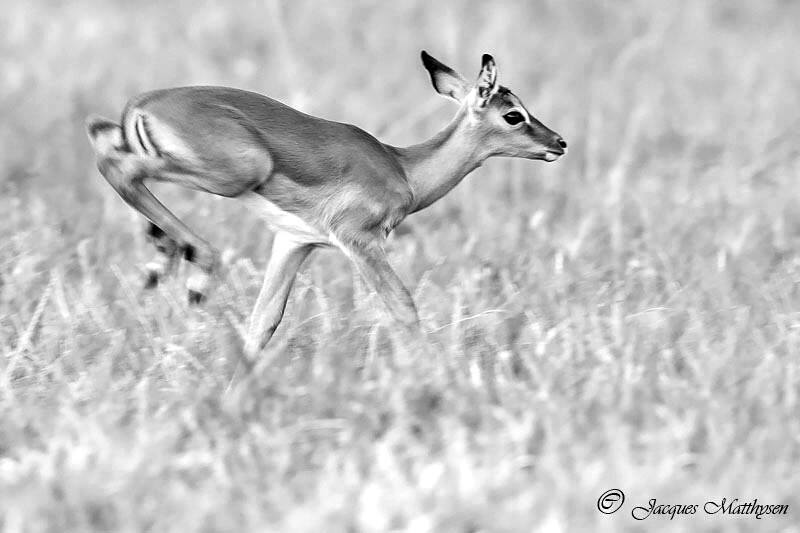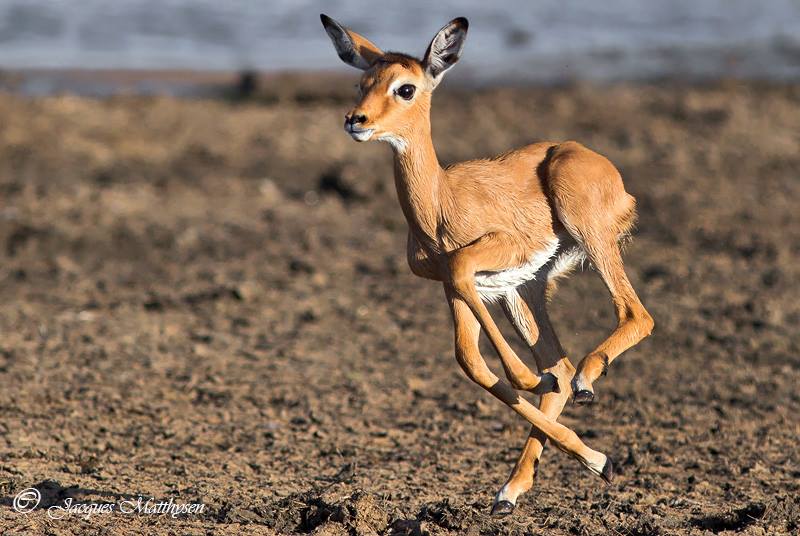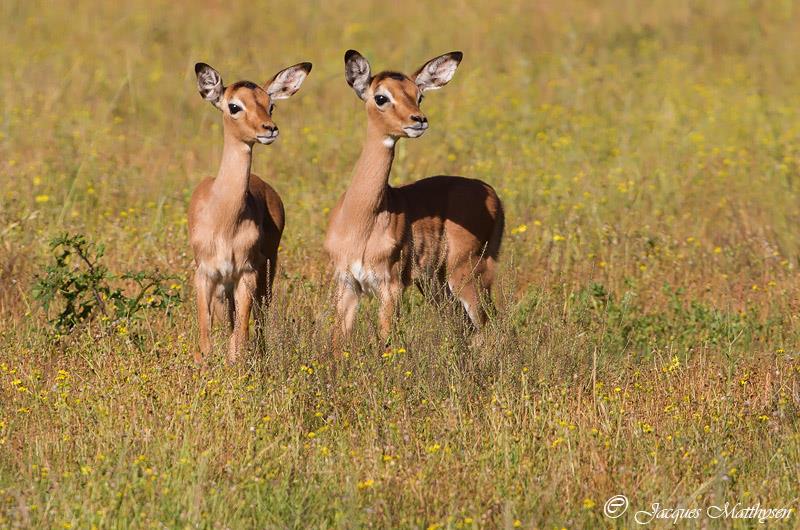Birth Patterns of Impala
The Common but Beautiful Impala
Impala are a medium-sized antelope native to 13 countries in southern and east Africa. They are beautiful creatures that are often seen in large herds of up to 100 females in grassland and woodland areas that are close to water.

Birthing Patterns of Impala
The birth story of an impala leaves no place to question the rhythms and patterns of nature.
An impala ewe that is about to give birth will isolate herself from the herd by finding a secluded shady spot just before midday. In this carefully chosen location she will give birth to her calf (weighing up to 5kgs or 11lbs) in the midday heat. At this time of day her natural predators (lions, jackals and the smaller cats, baboons, eagles and pythons) are most likely to be resting rather than looking for their next meal.
The mother is quick to encourage her new calf onto its legs. She cleans the calf by licking it and will then eat the remains of the afterbirth in order to remove the scent which might attract predators later in the day. She usually stays with her calf in the protected thicket for a few days until the fawn is able to keep up with the rest of the herd.
Impala ewes often form a nursery herd as predators find it more difficult to attack a group. The fawns are suckled for four to six months. They grow quickly and reach maturity within a year.
Ranger Matt captured these beautiful pictures of impala in action on the reserve recently.













